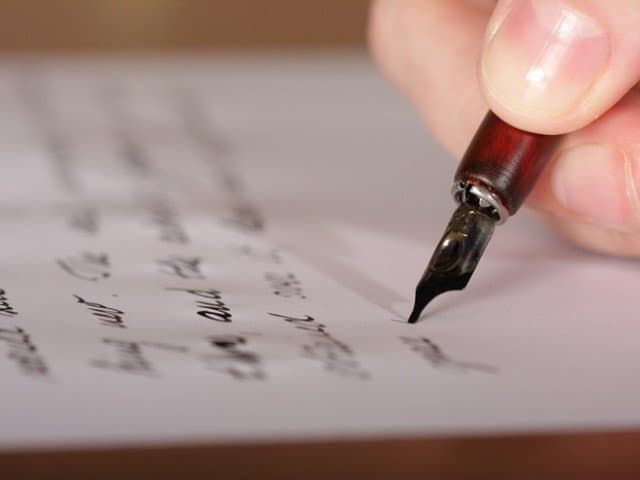Urdu poetry brings a deep sense of solace and provides refreshing perspectives to mundane incidents. Here’s a beginner’s story of delving into the world of Shayari.
Allama Mohammad Iqbal has written,
“Band-e-Takhmeen-o-Zan! Kirm-e-Kitabi Na Ban
Ishq Sarapa Huzoor, Ilm Sarapa Hijab
(O slave of calculation, do not be a bookworm! Love is present everywhere, knowledge is nothing but a veil).”
These lines aptly sum up the outlook of a shayar for me. It involves the intention of conveying freshness and expressing something novel yet familiar.
What is it?
Shayari is a poetic expression. It is a combination of two or more ashaars/shers put together to result in a couplet, triplet, quadruplet, nazm (poem) or ghazal (song). In Urdu poetry, compositions have names based on their content. Thus, a poem with a humorous subject is called a Hazal, while a Madah is written to praise patrons and kings.
Beginner’s Approach
The Holy Trinity of Shayari – Mir Taqi Mir, Mirza Ghalib, and Amir Khusrau are the poets who have shaped the literature of Shayari. Mir, a poet from the Eighteenth Century Mughal era is regarded as one of the pioneers of the Urdu language. Mirza Ghalib was a prominent writer in the last years of the Mughal Empire and is one of the most-quoted poets of all time. And Khusrau was a Sufi poet as well as a disciple of Nizamuddin Auliya of Dilli. Their works occupy a place of pride in World Literature and have formed the starting point of my journey through the abode of Urdu Literature.
A mention is also owed to prominent contemporary Pakistani poet Jaun Eliya, who is known for his unconventional words and is one of my favorite poets.
How to read?
For me, the initial stages of reading shayari entailed a three-step approach – comprehend, contextualise and absorb. If one is not familiar with the Urdu language, before delving into Urdu Shayari, I suggest one should first try to read poems and pieces in languages they are relatively comfortable with – such as Punjabi, Hindi or local dialects.
The second step involves understanding the context of that sher, that encapsulates the message that the Shayar wants to convey. And once one has succeeded with that, one will be able to absorb the meanings of the lines, connect with them and come back to them. I would like to recommend the Rekhta online sources as one of the ideal platforms to explore shayari.
In parting, I’d like to leave you with some food for thought, lines by Jaun Eliya,
“Uss Gali ne ye sun ke sabr kiya,
jaane vaale yahan ke thhey hee nahi”
Feature Image Credits: The Tribune
Bhavya Pandey

